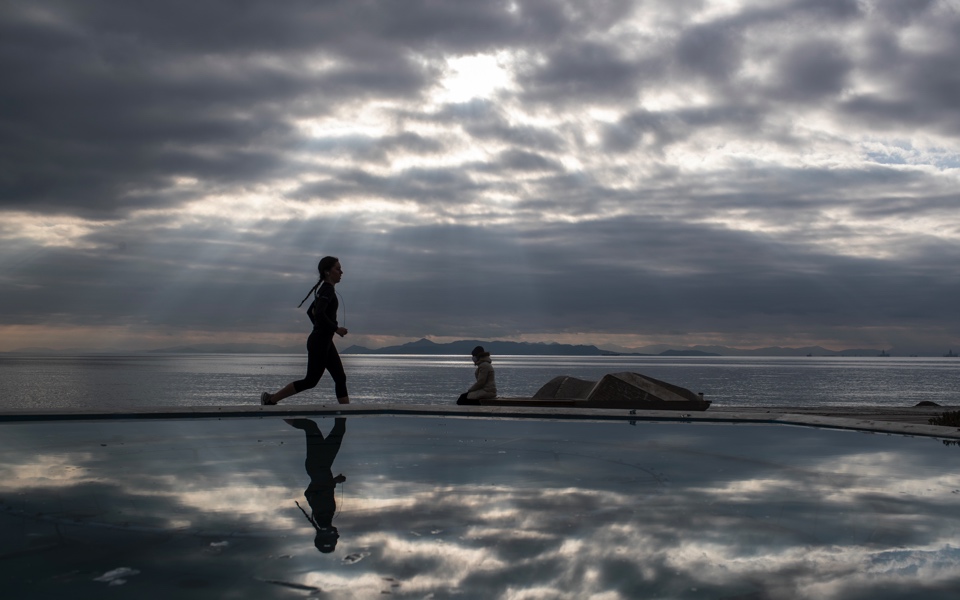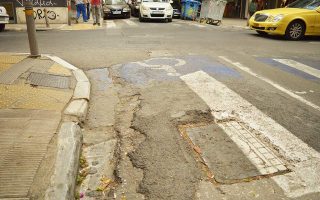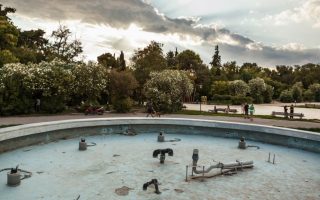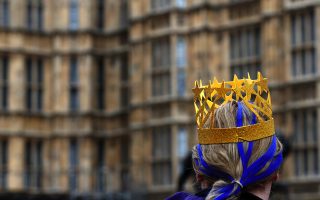What next for the Athens Riviera

The reopening of the Astir Palace in Vouliagmeni, southern Athens, under the management of Four Seasons Hotels, a leading international luxury hospitality company that had until recently held back from investing in Greece, is no doubt a vote of confidence in the country’s tourism product. The investment also provides a significant boost to the prospects of a tough market here – namely high-income visitors that can spend large amounts both inside and (more importantly) outside of the hotel.
This is where the really good news stops. If you belong to that category of tourists who can afford to stay at the Four Seasons, what does the much-hyped Athens Riviera, where the new luxury complex is located, really have to offer?
The coastal road that runs from Athens to Cape Sounio will take you to one of the most striking monuments of classical antiquity: the Temple of Poseidon. But what is there to see along the way?
With the exception of certain pockets of pure Mediterranean kallos, which, depending on the day and time, can take your breath away, the route is otherwise littered with monstrous structures that are an insult to the Attic landscape, along with messy settlements and a dizzying variety of arbitrary buildings.
Driving back to the capital, the fact that a large section of the coastal zone from Kavouri to Aghios Cosmas is still construction-free will help the remaining romantic observers to disregard the neglected beaches (Voula), the “right-on-the-beach” nightclubs and the deserted site of the capital’s former international airport.
In light of the anticipated development of Elliniko and the Alimos marina, the only serious investment along the Athens Riviera has taken place in Palaio Faliro. Otherwise, there are two key missing elements which seem to condemn the prospects of the Athens Riviera: One is the absence of a metro connection that could transport people from Syntagma Square in the city center to the seaside within 15 minutes and, second, the absence of an integrated pedestrian and bike lane network that would allow thousands of visitors to stroll or cycle from the Peace and Friendship Stadium in Neo Faliro to Vouliagmeni in civilized surroundings.
In other words, the required infrastructure is still missing. Without it, the impact of Four Seasons types of investment will remain painfully limited.





